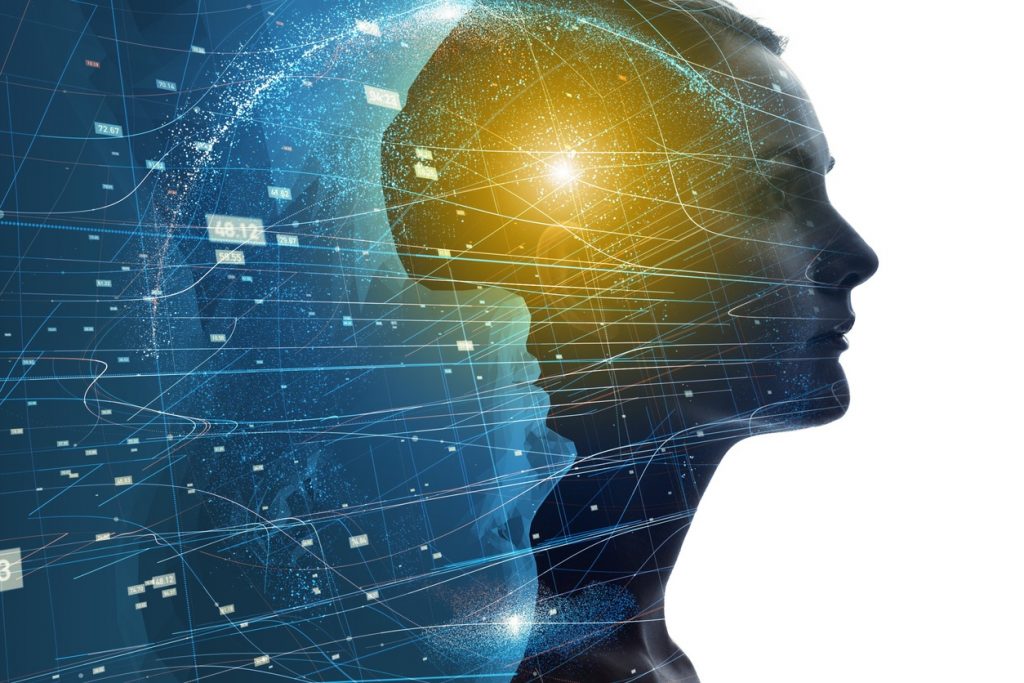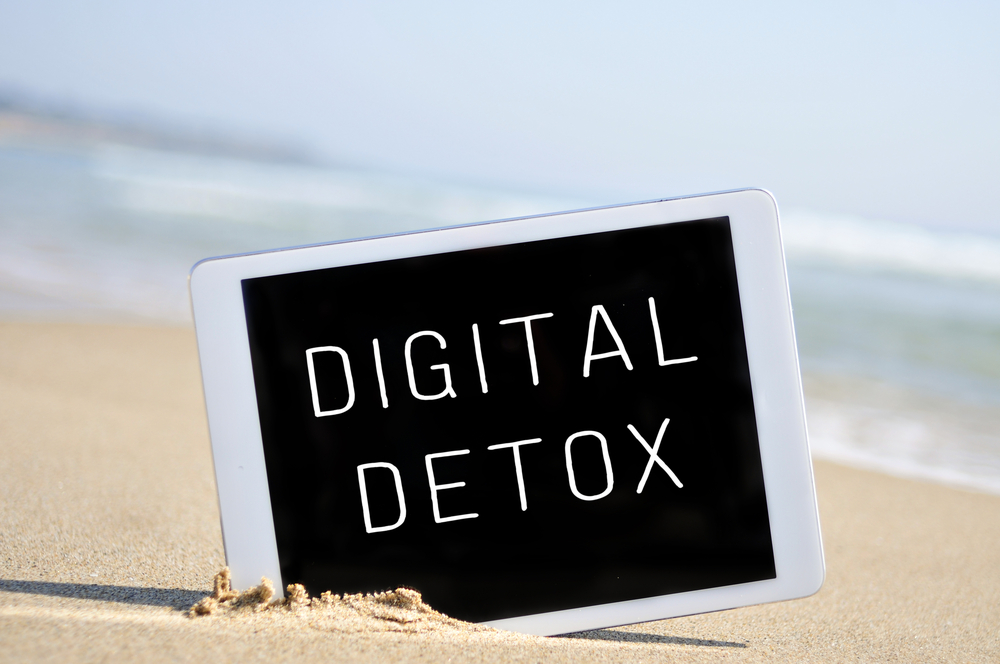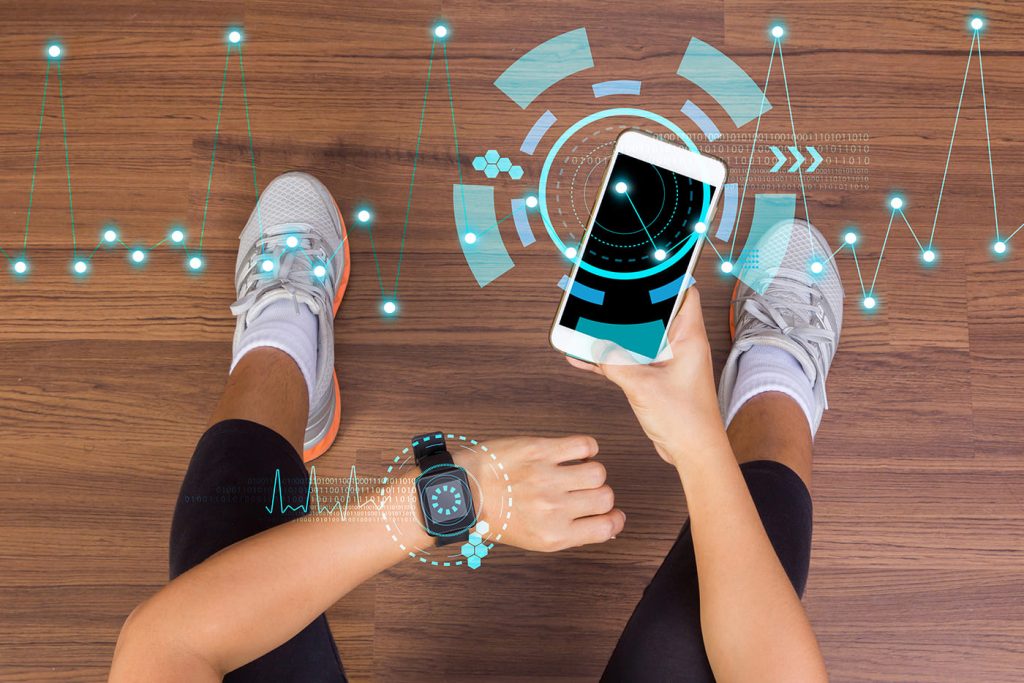News
Unplugging for Inner Peace: Navigating the Impact of Technology on Anxiety and Depression
The Digital Paradox: Technology’s Impact on Mental Health

In today’s interconnected world, technology plays a central role in our daily lives. It has revolutionized how we communicate, work, and access information, offering unprecedented convenience and efficiency. However, this digital landscape also presents a paradox. While technology brings numerous benefits, it can have a profound impact on our mental health.
Constant connectivity, one of the hallmarks of the digital age, can lead to heightened stress, anxiety, and even depression. The pressure to be available at all times, respond promptly to messages, and stay connected with the virtual world can be overwhelming. It creates an expectation of constant availability that can blur the boundaries between work and personal life, leaving us feeling constantly on edge and drained.
Social media platforms, with their carefully curated portrayals of others’ lives, can breed a sense of comparison and inadequacy. The endless stream of highlight reels and filtered images can evoke feelings of envy, self-doubt, and a distorted perception of reality. This constant exposure to idealized versions of others’ lives can erode our self-esteem and contribute to anxiety and depression.
Information overload is another consequence of our digital era. While we have an abundance of knowledge at our fingertips, the sheer volume of information can be overwhelming. Scrolling through news feeds, reading countless articles, and consuming copious amounts of online content can lead to cognitive overload and mental exhaustion. This overload can impede our ability to focus, make decisions, and process information, ultimately impacting our mental well-being.
The pressure to be “always on” in a digitally connected world can leave us feeling tethered to our devices. The fear of missing out (FOMO) drives us to constantly check notifications, emails, and social media updates, making it difficult to detach and find moments of respite. This constant stimulation and lack of downtime prevent our minds from fully resting and recharging, leading to increased stress levels and a diminished sense of well-being.
Understanding the paradox of technology is crucial in navigating its impact on mental health. By recognizing the potential stressors and triggers, we can take proactive steps to establish healthier digital habits and boundaries. It’s essential to strike a balance between leveraging the benefits of technology while also prioritizing our mental well-being. Through awareness and intentional use, we can harness the positive aspects of technology while mitigating its potential negative effects on our mental health.
Recognizing the Warning Signs: Identifying Digital Overload

In today’s hyper-connected world, it’s easy to become engulfed in the digital realm, often without realizing the toll it can take on our mental health. Recognizing the warning signs of digital overload is essential in identifying when excessive technology use is negatively impacting our well-being. One of the key indicators is disrupted sleep patterns. Spending excessive time on screens, especially close to bedtime, can interfere with our natural sleep cycles, leading to insomnia and poor sleep quality. Another red flag is decreased productivity. Constantly being distracted by notifications, social media, and online content can hinder our ability to focus and accomplish tasks effectively. Additionally, excessive technology use can contribute to social isolation, as we substitute virtual connections for real-life interactions, leading to feelings of loneliness and detachment. Increased anxiety and feelings of depression can also be manifestations of digital overload, as the constant exposure to curated online content and the pressure to present a perfect image can contribute to comparison and self-doubt. Self-reflection plays a crucial role in recognizing our digital habits and the impact they have on our mental health. Taking the time to assess our screen time, emotional well-being, and overall satisfaction with life can help us identify if we are experiencing digital overload and empower us to make necessary changes for a healthier balance.
Digital Detox: Strategies for Finding Balance

In today’s hyper-connected world, it’s crucial to find a healthy balance between our technology use and overall well-being. A digital detox is an effective strategy for reclaiming our time, attention, and mental space from the overwhelming influence of technology. In this section, we explore practical tips and strategies for implementing a digital detox in our lives.
Setting boundaries is the first step toward finding balance. We can establish specific time limits for using technology, designating periods of the day as “tech-free zones.” By creating boundaries, we carve out dedicated time for ourselves and our loved ones, allowing for meaningful connections and activities free from digital distractions.
Practicing mindfulness is another essential aspect of a successful digital detox. Engaging in mindfulness exercises, such as meditation or deep breathing, helps us become more aware of our technology use and its impact on our well-being. By staying present at the moment, we can reduce the urge to constantly check our devices and instead focus on the present experience.
Engaging in offline activities is a powerful way to break free from the digital grip. Explore hobbies, such as painting, gardening, or playing a musical instrument, that allow you to immerse yourself in the present moment. Physical activities like exercise, yoga, or going for a nature walk help rejuvenate the mind and body while providing a much-needed break from screens.
Creating a tech-free environment, especially during specific times of the day, can be immensely beneficial. Designate spaces in your home where technology is not allowed, such as the bedroom or dining area. This practice promotes better sleep hygiene and fosters deeper connections with loved ones during meals or quality time together.
The goal of a digital detox is not to eliminate technology from our lives but to establish a healthier relationship with it. By implementing these practical strategies, we can regain control over our technology use and prioritize our mental and emotional well-being. Taking regular breaks from the digital world allows us to recharge, refocus our attention, and cultivate a greater sense of balance and fulfillment in our lives.
Tech for Wellness: Harnessing Technology for Mental Health Support

In today’s digital age, technology not only poses challenges to our mental health but also offers innovative solutions and resources for managing anxiety and depression. In this section, we explore how technology can be harnessed as a tool for mental health support and well-being. One of the most significant advantages of technology is the accessibility it provides. We showcase a range of mental health apps designed to help individuals track their moods, practice meditation, and mindfulness, and access self-help resources. These apps offer convenience and flexibility, allowing users to engage in therapeutic activities at their own pace and schedule. Additionally, online therapy platforms have emerged as a convenient and effective alternative to traditional in-person therapy. We discuss the benefits of online therapy, such as increased accessibility, anonymity, and the ability to connect with licensed professionals from the comfort of one’s own home. Moreover, we explore the power of technology in providing meditation and mindfulness resources, including guided meditation apps, breathing exercises, and relaxation techniques. These digital tools can help individuals develop coping skills, reduce stress, and cultivate a greater sense of calm. By embracing technology mindfully and utilizing these mental health resources, we can tap into valuable support on our journey to managing anxiety and depression. It’s important to remember that while technology can be a helpful tool, it’s essential to find a balance and prioritize real-life connections and self-care practices alongside our digital engagement.
Navigating Anxiety and Depression in the Technological Era
As we navigate the digital age, it’s important to be mindful of the impact technology can have on our mental health. By recognizing the challenges and implementing strategies to find balance, we can minimize the negative effects of excessive technology use on anxiety and depression. Remember, it’s within our power to create a healthier relationship with technology, fostering a sense of well-being and inner peace in the digital era.



























